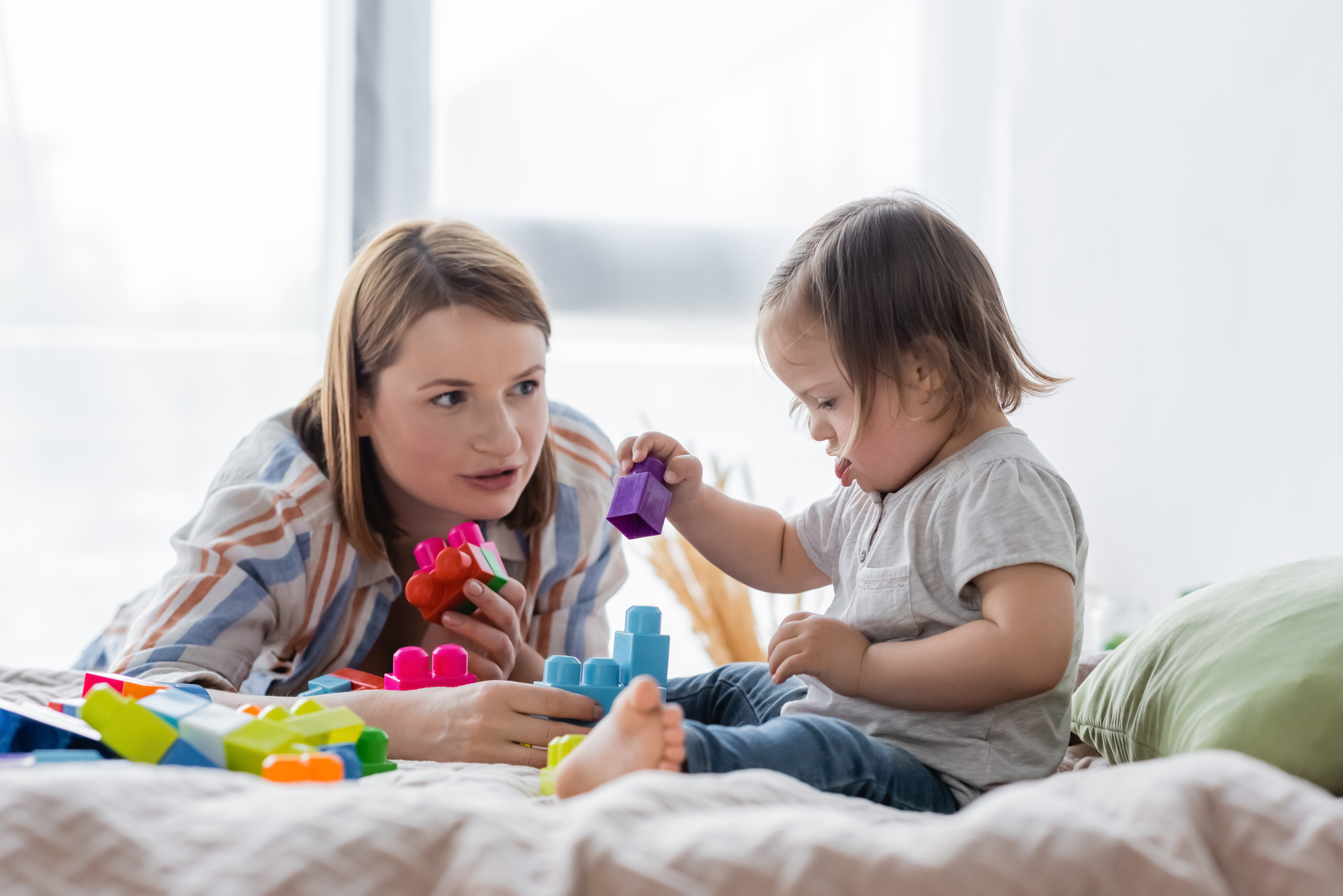Research tells us that different parenting approaches (like attachment parenting, gentle parenting or tiger parenting) don’t make any real differences in how kids turn out. So you know that parenting manual that never came with the kids? That’s ok – because it will generally work out ok. There are some things that cross the line – any kind of abuse (physical, emotional) and neglect really harms kids. If you need help with that, see a psychologist as soon as you can to put your mind at ease. But other than that. You and your kids will get there in the end. My mission is to give parents information about children and practical tools that can help make the journey easier – but you’ve got this on your own.
Learning how to problem solve WITH your child is one area that can help life run smoother. Ross Greene’s Collaborative & Proactive Solutions Approach is rooted in the belief that challenging behaviour in children is a result of lagging skills, not an intentional act of defiance. This shifts the focus from punishing children to proactive problem-solving and collaboration. It’s an approach that empowers both parents and children to work together to address the underlying issues contributing to challenging behaviour.
The model promotes three steps to solve problems proactively. They are:
- Showing Empathy
- Presenting your concerns
- Inviting your child to collaborate on solutions
Empathy
This is the first step, because children want to be understood. AND research shows that kids who aren’t listened to are far less likely to listen to the concerns of parents. It makes sense but is a good reminder. So how do you do it? Just listen to your children to seek an understanding of how they see the problem. Avoid mentioning problem behaviour, and say something like “I’ve noticed that (insert situation here). What’s been happening? For example, “I’ve noticed it’s been hard to get along with your sister lately. What’s been happening?”
Presenting your concerns
This is when you get to say how YOU feel! Again, avoid any blaming and triggers but say why you’re concerned about the situation. For example, “I’m worried that if you’re having trouble getting along, you won’t be there for each other when you need it”.
Inviting your child to collaborate
This is the step when you ask your child if they have any ideas about what might help. If we don’t understand our kids’ perspective, then our solutions will likely fail. But because they understand, they may have some great ideas that will be more effective. See if you can find a win/win solution together, agree to put it into place, and set a time to talk about it again and see how it went.
I have a guide on this that offers more detail – or you can read about it in Ross Greene’s book Raising Human Beings. I have a review here: https://learn.leannetran.com.au/blog/book-recommendation-raising-human-beings
And don’t forget to visit my website leannetran.com.au/ where you can join the village and receive bite-sized psychology tips straight to your inbox. Here’s to a calmer, more confident parenting journey and a brighter future for your child. Have a wonderful day!









